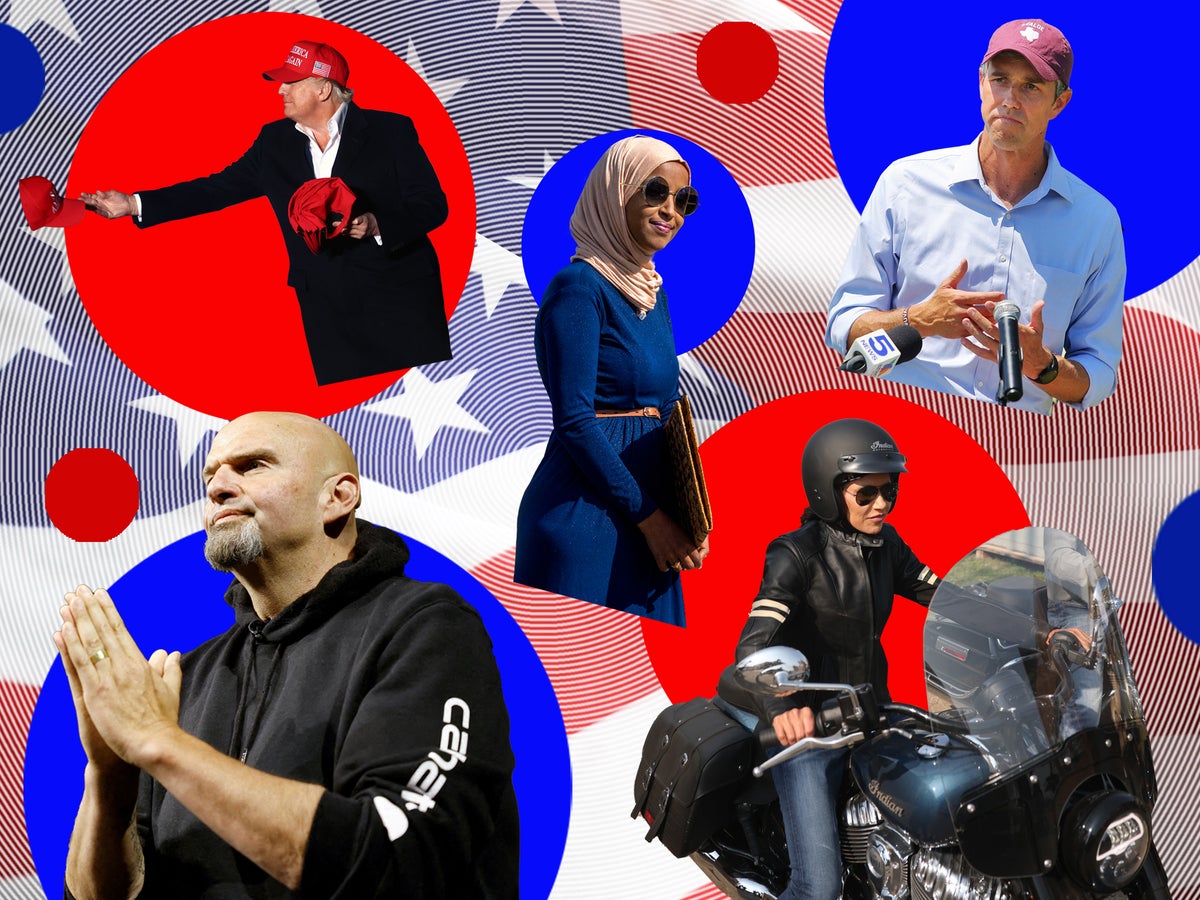
Abraham Lincoln needed a makeover. Or at least, that was the diagnosis from his wife, Mary Todd Lincoln, a fashionable woman of the Kentucky aristocracy.
He had a few sartorial disadvantages working against him. For one thing, Lincoln reportedly never cared much for his appearance, and it didn’t help that Abe was a towering 6’ 4’’. Finding clothes that fit for a man his size is difficult today, let alone in the 1860s.
“Her whole point was to make him look more formal, more acceptable, when really he was a guy from the backwoods with an incredible twang to his voice, whom a lot of people found easy to dismiss as some hick, not realising he’s probably one of the smartest guys to ever become president,” University of Notre Dame historian Linda Przybyszewski, author of The Lost Art of Dress: The Women Who Once Made America Stylish, told The Independent.
Now, political hopefuls have the opposite problem.
“There’s this notion that they have to be approachable at some points yet remain authentic so it’s not fake,” she added.
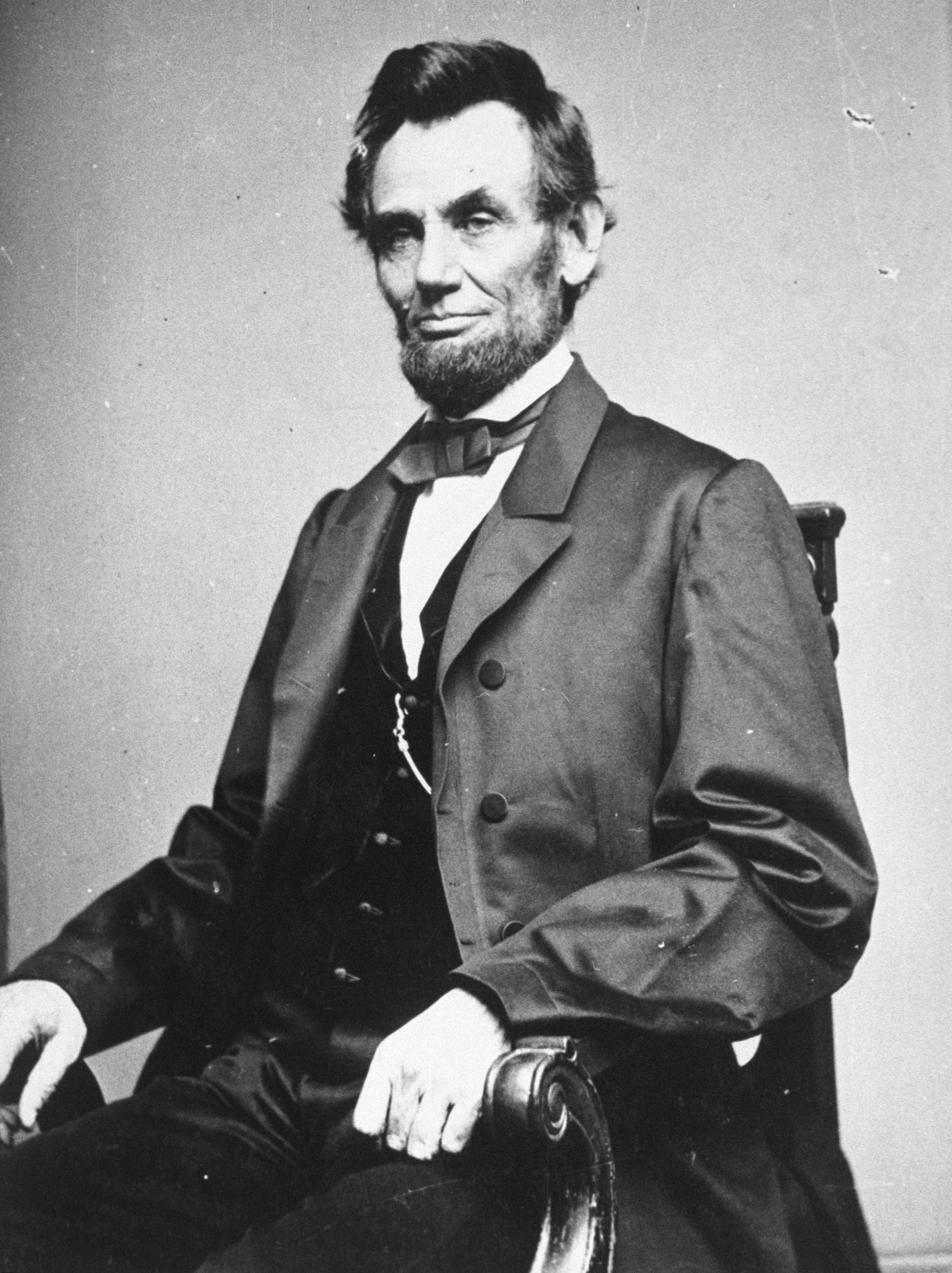
Looking like a member of the DC elite—of The Swamp™, God forbid—is about the furthest thing from desirable in our world of rampant inequality and congressional uselessness. Senate candidate John Fetterman wears almost exclusively Carhartt hoodies and shorts, while the signature look of Donald Trump, who became a millionaire at age 8, is a bright-red MAGA trucker hat. Everyone is dressing up to signal something.
As America enters midterm season, the clothes on our most prominent candidates don’t tell us everything about who will win or how they will govern, but they reveal a lot. Most voters will never meet the people they elect, but they’ll probably see their picture. Candidates know this, and what they wear is a valuable, if often unacknowledged, barometer of what’s animating the great war of images that is US politics.
No midterm race offers a greater aesthetic clash than the contest between Mr Fetterman and Dr Mehmet Oz for a Pennsylvania US Senate seat.
Mr Fetterman, the Democratic Pennsylvania lieutenant governor, is the former mayor of the hollowed-out steel town of Braddock, and looks like a guy who knows his way around a welding rig: shaved head, heavy metal chin beard, full-arm tattoos, big boots and Dickies work clothes.
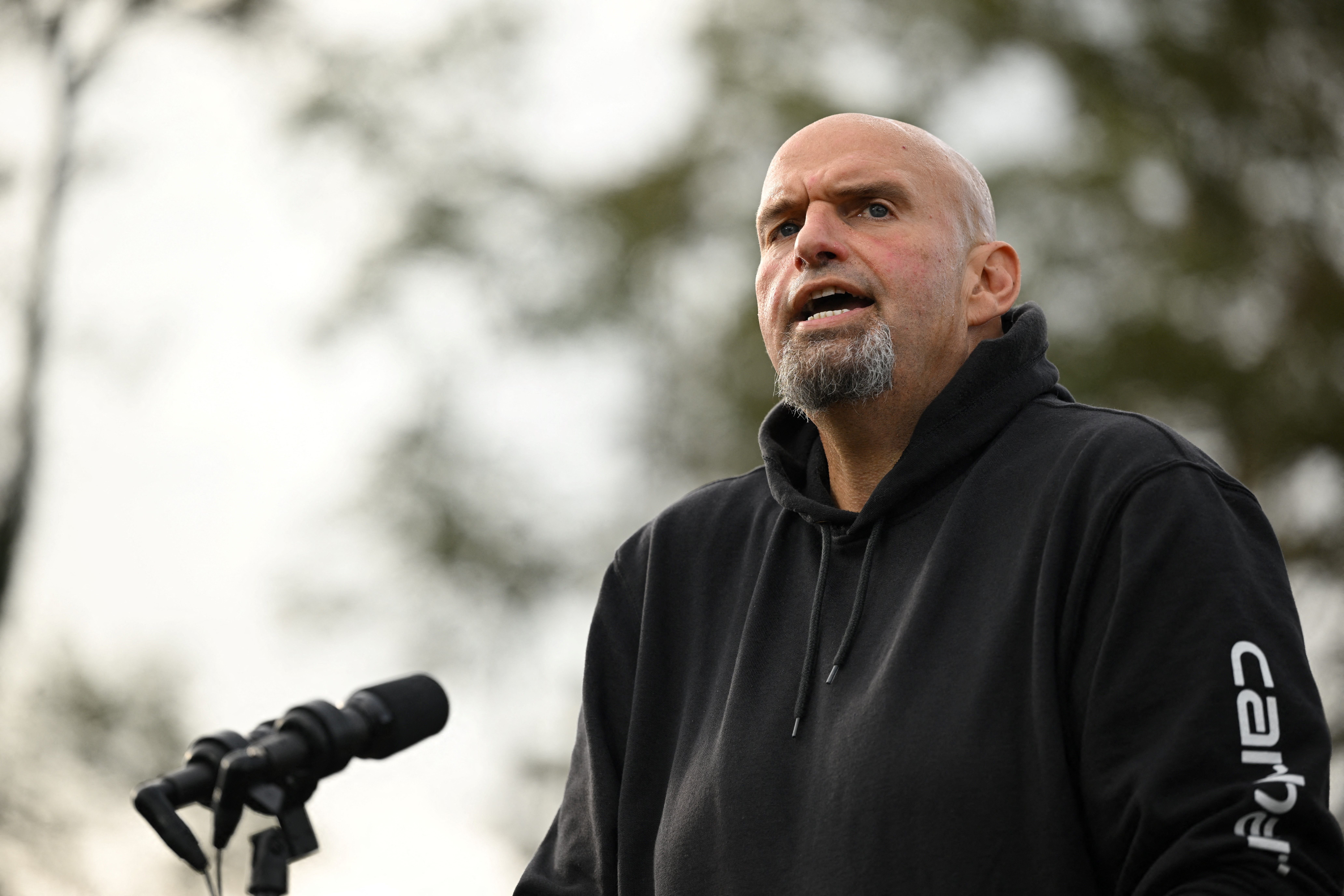
The GOP’s Dr Oz, on the other hand, is a TV mega-millionaire who wears tailored suits and owns a reported 12 properties, including a palatial mansion in New Jersey.
Both men have made personal style a key part of their campaign, especially Mr Fetterman.
“He’s looked different and been different his entire life,” claims a Fetterman ad, which also includes a headline proclaiming the lieutenant governor “our blue-collar tough guy.”
Elsewhere the lieutenant governor has mocked his own style as “Western Pennsylvania business casual.”
“I do not look like a typical politician, nor do I look like a typical person,” he wrote in 2021, in what’s easily the most sartorially specific candidate blog post you’ll ever read. “I even lack the political metaphorical sleeves to roll up — all I ever wear are short-sleeve work shirts because hard work is the only way to build our communities back up.”
The intense focus on his unique look has won him praise as “an American taste god” in GQ, and from the Financial Times for his “combination of progressive politics and manly style,” reclaiming and reframing a macho aesthetic that’s been the almost exclusive province of the Republican party and its majority support from US male voters. Mr Fetterman still looks like a tough guy who is spoiling for a fight, just a fight on behalf of working class people, LGTB+ rights and universal healthcare.
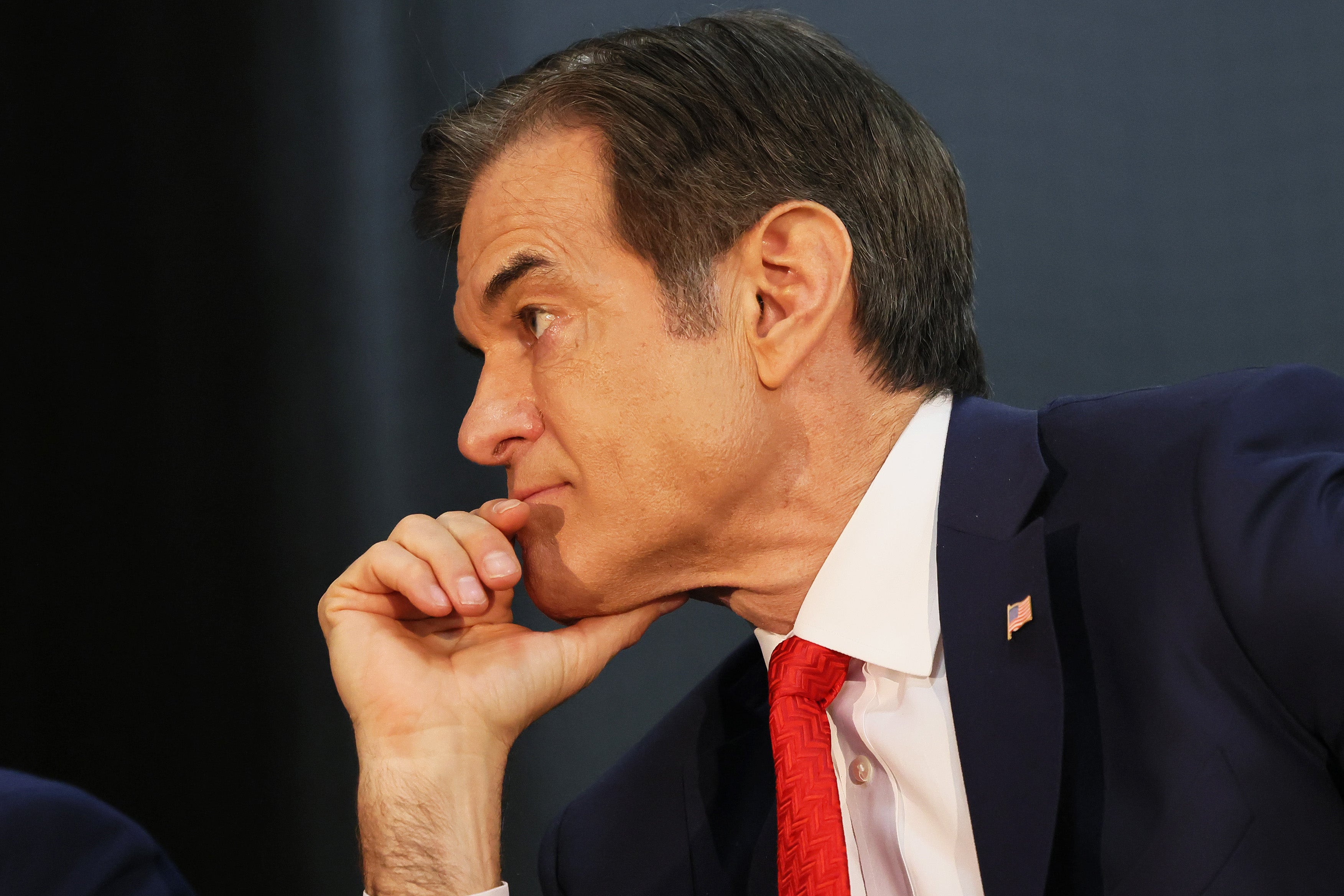
In response to all this praise, and to the record-breaking $48m Mr Fetterman has pulled in campaign donations, Dr Oz has accused his rival of putting on a costume. And to a degree, he’s right.
“He’s a pretend populist,” Dr Oz told Fox News in July. “Many folks think it’s because of the way he dresses with his hoodies and his shorts that he’s been working his whole life. It’s quite the opposite.”
Mr Fetterman is worth between $717,000 and $1.5m according to financial disclosures. He had a self-described “cushy” upbringing as the son of an insurance businessman, lived off his parents’ financial support until his 40s and now resides in a chic converted loft apartment that could fill the pages of Architectural Digest. He may wear work clothes, but he’s not a former steel worker or auto mechanic. He has an MBA and a public policy degree from Harvard, with no student debt.
Of course, Dr Oz also has a degree from Harvard and is also a millionaire, and many times over compared to his rival. Welcome to US politics, the land of the Ivy League populists.
To Einav Rabinovitch-Fox, a historian of gender history at Case Western Reserve University, Mr Fetterman’s style is indicative of another dynamic: the political and aesthetic freedom that comes from being a white man in US politics, and the excessive scrutiny that comes from being anything but that.
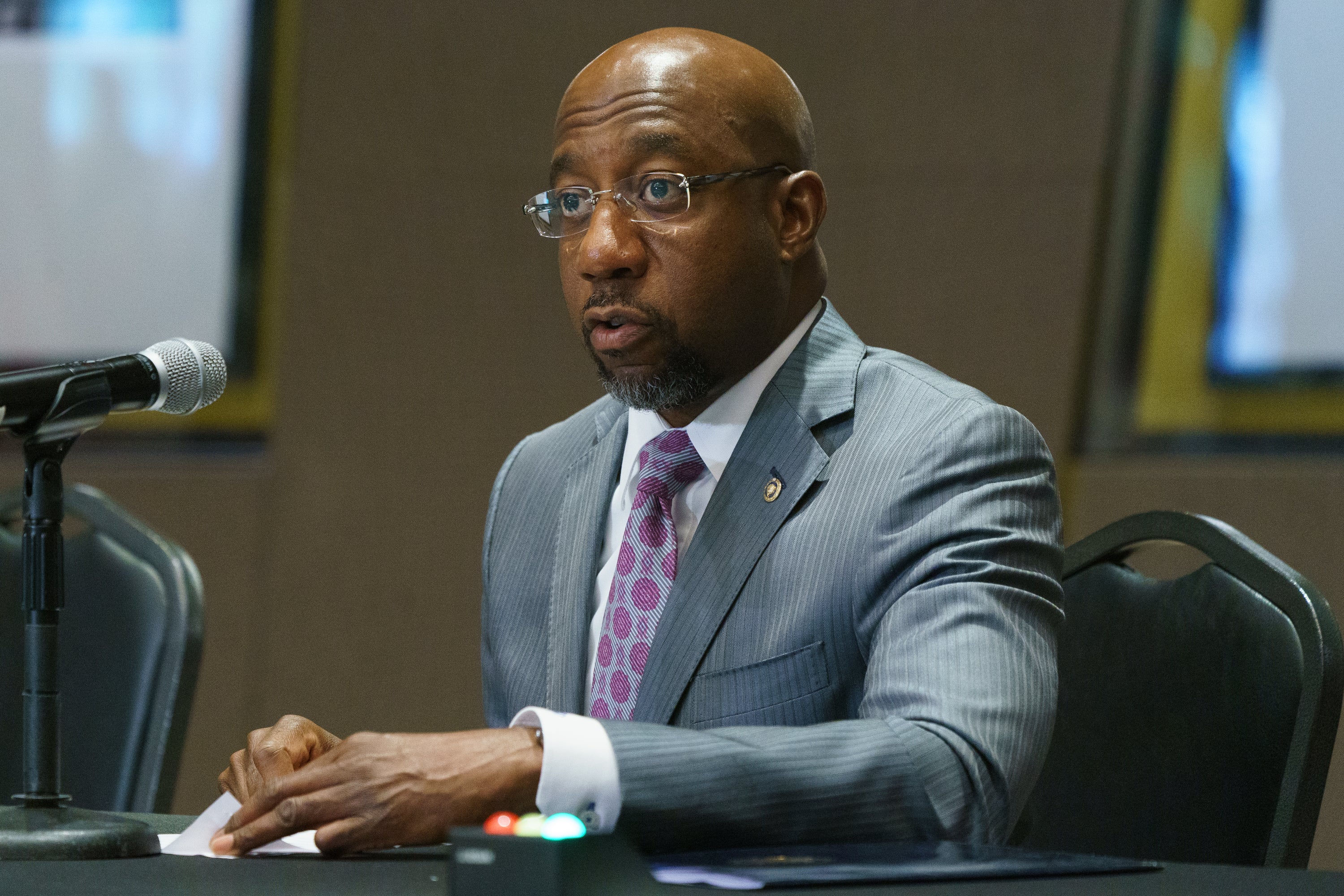
She highlighted examples of Black men like former president Barack Obama, a perennial sharp dresser, as well as Senator Raphael Warnock of Georgia, always seen in exquisitely tailored suits.
Mr Warnock, who preaches at Ebenezer Baptist Church in Atlanta, once the home church of Dr Martin Luther King, Jr, is the latest in a line of Southern Black men stepping into politics in their Sunday best, and that’s no coincidence, according to Ms Rabinovitch-Fox.
“Warnock or Obama cannot dress like John Fetterman from Pennsylvania. They cannot be in a hoodie, something that a Black man can’t wear,” she said.
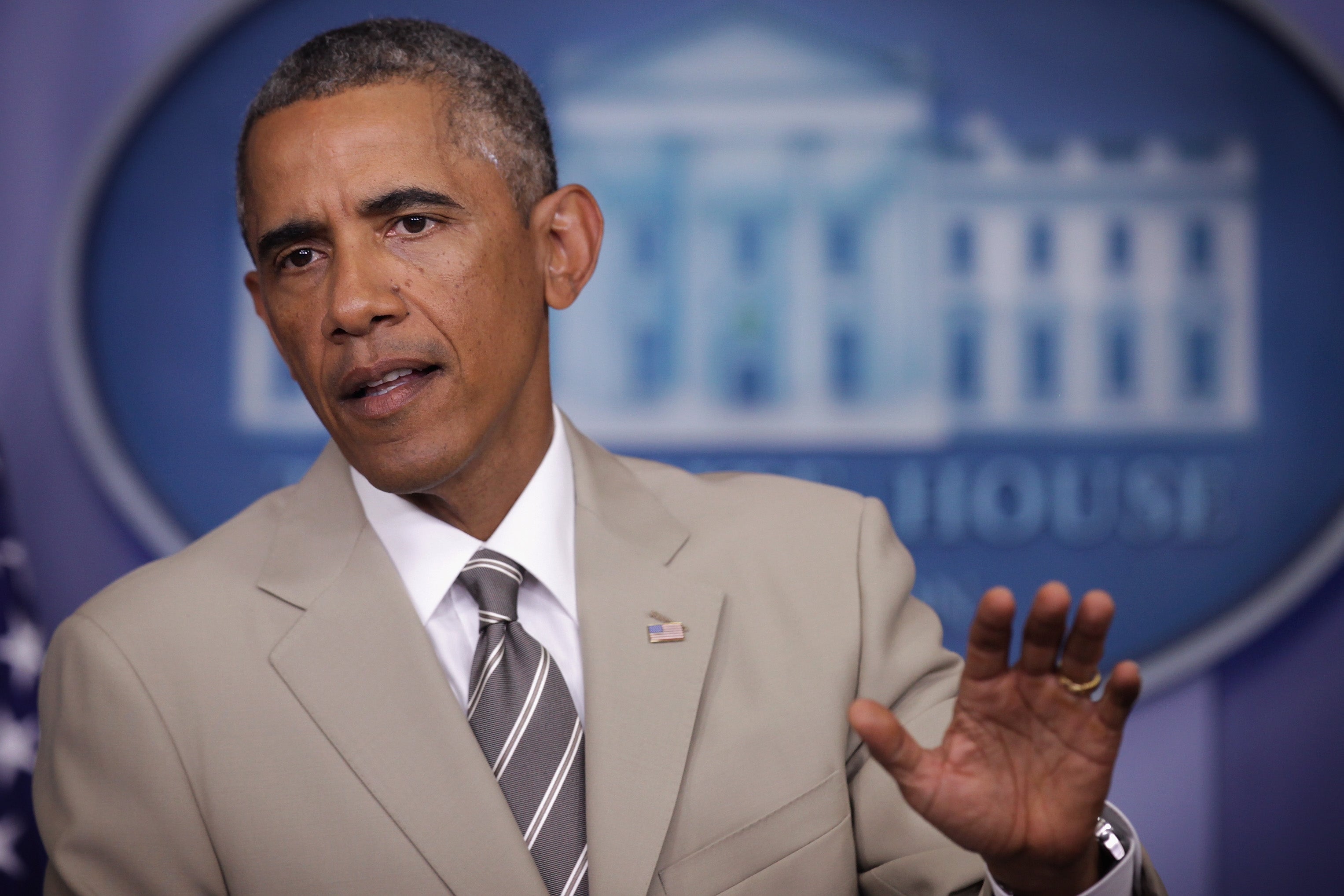
When Mr Obama deigned to wear a tan suit in the White House briefing room, it caused a full-blown political scandal, while wearing casual clothes as a Black person in America, as the story of 17-year-old Trayvon Martin and his hoodie attests, can literally put one’s life in danger.
This sense of political constriction is even greater once gender and religion enters the mix, added Ms Rabinovitch-Fox. John Fetterman and Minnesota Representative Ilhan Omar, who is a woman of colour, immigrant and a Muslim who wears a hijab, have similar enough politics, but the Pennsyvlania candidate has received nowhere near the vitriolic and often violent attacks from the right for voicing the same opinions.
“They’re not that far in their opinions, but it is the way he can say and look and talk in ways that she can’t,” the historian said.
Fashion and style have played a subtler, but no less important, signaling role in the race for governor in Texas.
Consider the case of Beto O’Rourke. The former El Paso congressman, who is running to unseat GOP incumbent Greg Abbott, understands the power of a good look.
He and his handsome mug nabbed a spot on the cover of Vanity Fair magazine when he was still just considering running for president in 2020, a race he ultimately dropped out of a few months later.
Now, as he mounts another long-shot Democratic campaign in Texas, he’s used his fashion choices to put a spotlight on a key issue in the state: gun violence.
He’s frequently pictured in a burgundy baseball cap featuring the state of Texas and the words “Uvalde”, a reference to the school massacre in May where 21 people were gunned down with an assault rifle.
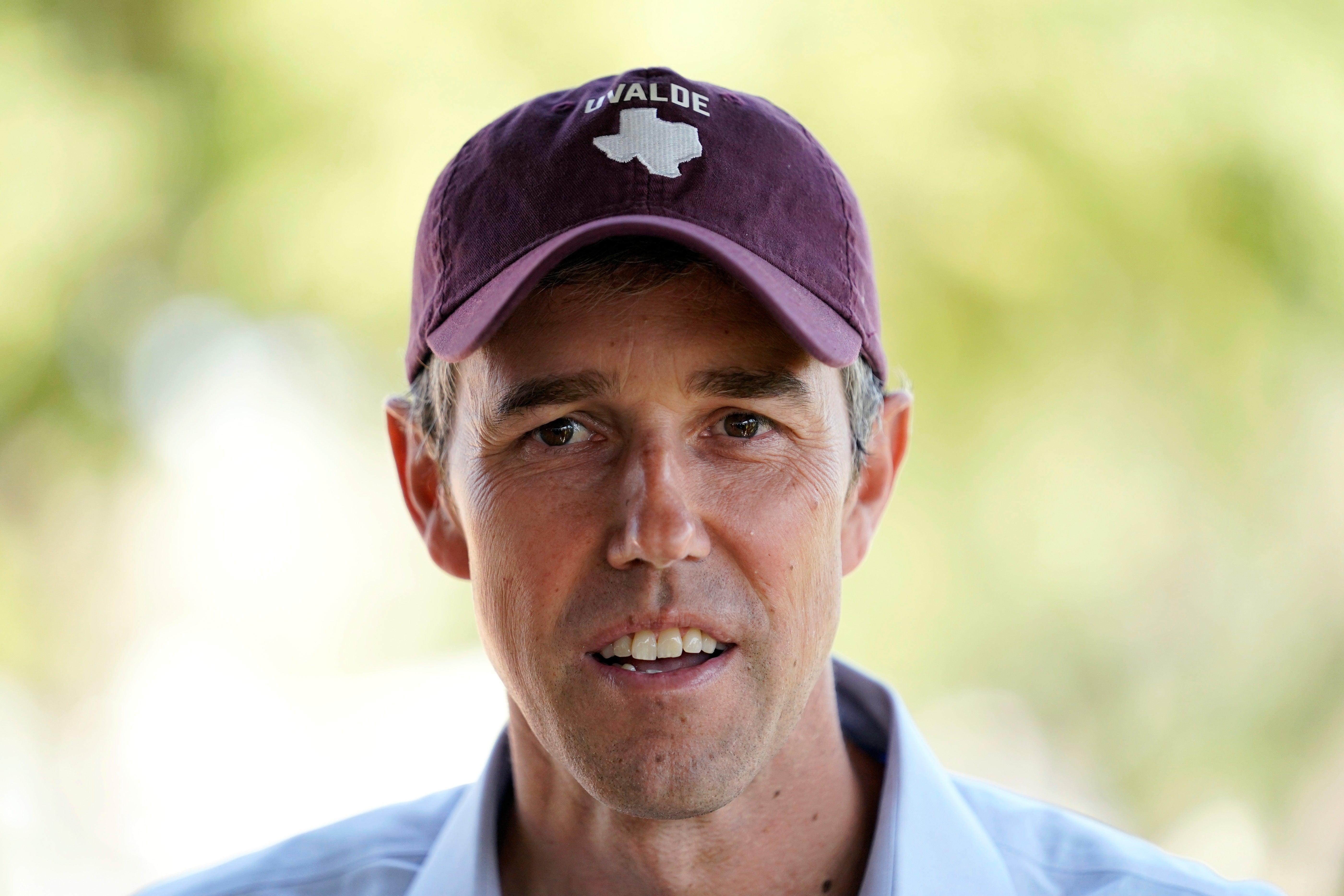
Mr O’Rourke has hammered Mr Abbott for resisting changing any gun laws after the killing, once even getting himself ejected from a press conference the governor held in the aftermath of the shooting. When Beto went viral in August for calling a heckler a “motherf***er” during a speech about Uvalde, it was part of a larger campaign strategy of trying to set himself apart from the rest on this visceral issue in the state.
Judging by his wardrobe, Mr Abbott’s key messages lie elsewhere. Throughout his administration, he’s made frequent trips to the US-Mexico border, where he’s often pictured in a more military-style uniform with his name embroidered and an official crest, as if the governor himself is one of the border agents patrolling the Rio Grande with an M16.
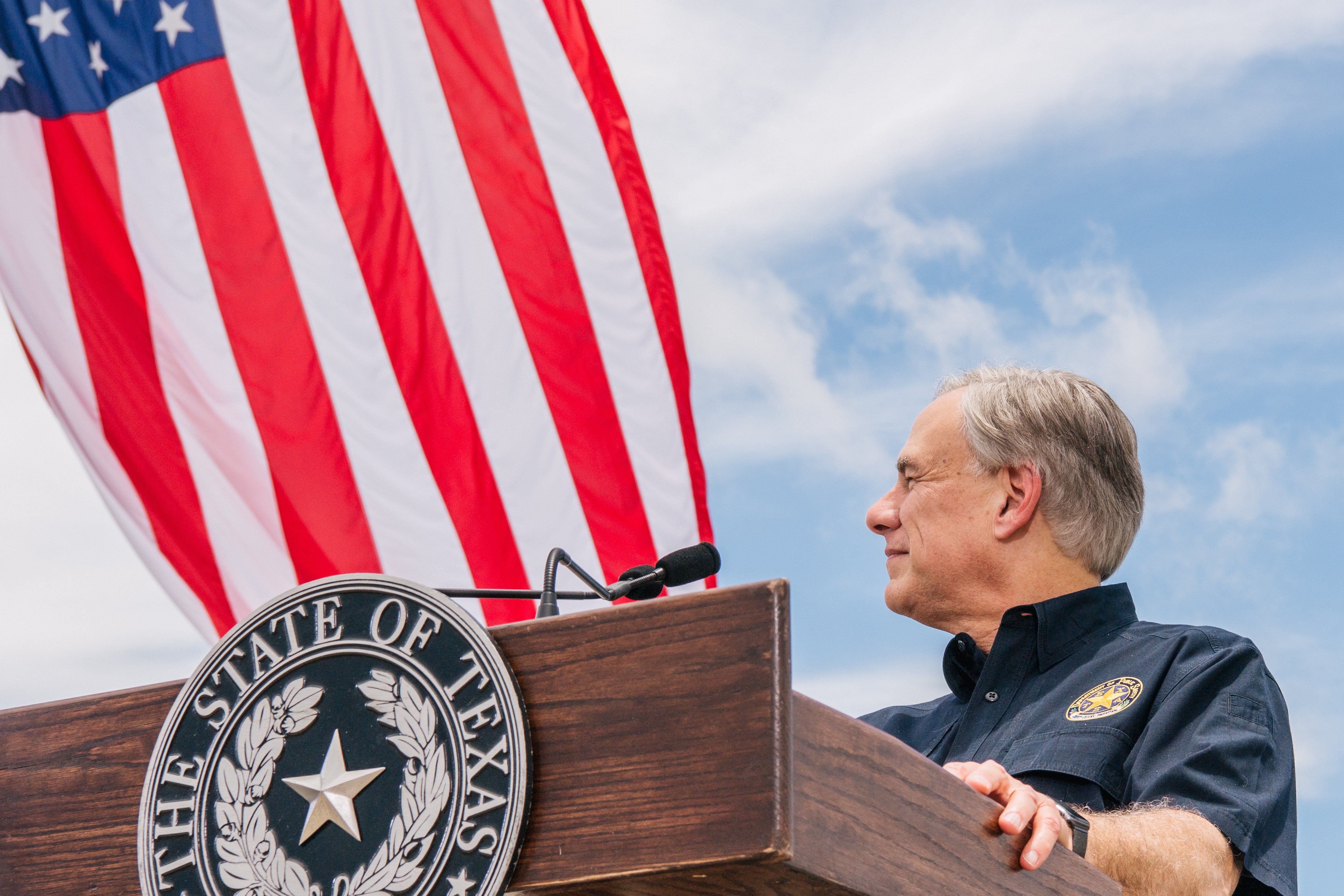
He’s also used media image-making in a slightly more impersonal way, sending busloads of asylum-seekers to liberal jurisdictions like New York City and vice-president Kamala Harris’s doorstep, arguing its a response to Washington inaction because “our supposed Border Czar, Vice President Kamala Harris, has yet to even visit the border to see firsthand the impact of the open border policies she has helped implement, even going so far as to claim the border is ‘secure.’”
So, take your pick Texas, do you want the guy in the Uvalde hat, or the Border Patrol uniform?
Moments of crisis, and the fashion that goes along with them, have also revealed criticisms of 2022 candidates as out of touch during emergencies.
Earlier this month, the internet roasted Florida governor Ron DeSantis for wearing knee-high white boots and a campaign vest as he toured storm damage from Hurricane Ian, earning the former lawyer unflattering comparisons to Kim Jong-Un, Luke Skywalker and a go-go dancer.
California governor Gavin Newsom, meanwhile faced criticisms of his own for a distinct crisis wardrobe choice.
In September, as the state faced a record-breaking heatwave and the governor was encouraging Californians to ease the strain on the power grid and turn off their air conditioning, the wealthy former San Francisco wine merchant ditched his typical slick suits and wore what appeared to be a fleece jacket and cap featuring almost comically large bear logos from the California flag.
It was classic Newsom. When he toured wildfire damage with then-Senator Kamala Harris, he was also spotted in a military-style jacket with a huge bear patch.
Specialized Embroidery for You, a shop outside of Sacramento, says it makes the jackets for the governor, who gives them away as favours to guests, its owner told The Independent, though she declined to comment further.
“I was told by the staff that he is very particular and when he likes something, he comes back for more and more and he loved this bear!” the shop wrote on its Facebook page in September of 2020. “I am very humbled and honored to have been given this project.”
The governor’s office did not respond to repeated requests for comment about the jackets or who pays for them.
Critics online said Mr Newsom and his choice of wardrobe showed a double-standard, a type of cricitism that’s dogged the governor throughout his tenure, such as when he dined in 2020 at a luxury Napa restaurant for a lobbyist’s birthday party despite state pandemic restrictions at the time on mass gatherings.
Naturally, the bear look became the subject of an extensive discussion on Fox News, a stand-in for all the ills of California governance that the ambitious Mr Newsom could one day bring to a rumoured presidential run, from electric cars to San Francisco street chaos.
For those following at home, the governor’s heat wave look was apparently an expensive Lululemon jacket, according to the shop, which, credit where it’s due, is an extremely on-the-nose thing for a theoretically out of touch SF politician to wear touring a rural fire catastrophe.
That a politician’s style would be worthy of remarking on at all is something fairly new to modern politics, according to Professor Przybyszewski, the Notre Dame historian.
Prior to the mid-1900s and the “youthquake” of the 1960s, most people leaving the house dressed formally and to blend in. Personal style of any kind was reserved for home, vacation or maybe a masquerade ball. Otherwise? Suits, hats, dresses, done deal.
It is only in our present age of 24/7 media coverage that what a candidate wears, and whether it’s distinctive and communicates the right things, actually matters all that much.
“It’s the idea of the photo. You don’t want this really sharp contrast between a guy in a perfectly tailored suit and some poor man who’s wearing the only clothes he has managed to survive in,” Ms Przybyszewski said. “It’s not always about anything real, it’s about symbolism.”
As early as the 1988 presidential campaign, commentators like Joan Didion were arguing that national US politics have achieved total saturation and “symbiosis” with the media, so much so that campaigns are really better understood as competing film productions to briefly hold the attention of the “increasingly hypothetical voter, who was seen as responsible not to actual issues but their adroit presentation.”
When so few Americans have any real say over the Washington policitical process, and so few in Washington seem to care, politics reduces to a battle of media images.
“Like American political life itself, and like the printed and transmitted images on which that life depended, this was a world with no half-life,” Ms Didion argued in her classic essay “Insider Baseball,” which features the memorable image of the Michael Dukakis campaign staging and then restaging a photo-op of the candidate tossing a baseball with his aides as fodder for political journalists.
Still, this mostly empty symbolism can also point us towards where the parties might see their future.
Leaders in the Republican Party certainly seem invested in Kristi Noem, the governor of South Dakota, who is seeking re-election this year, and her brand of hard-charging, outside-the-Beltway conservatism.
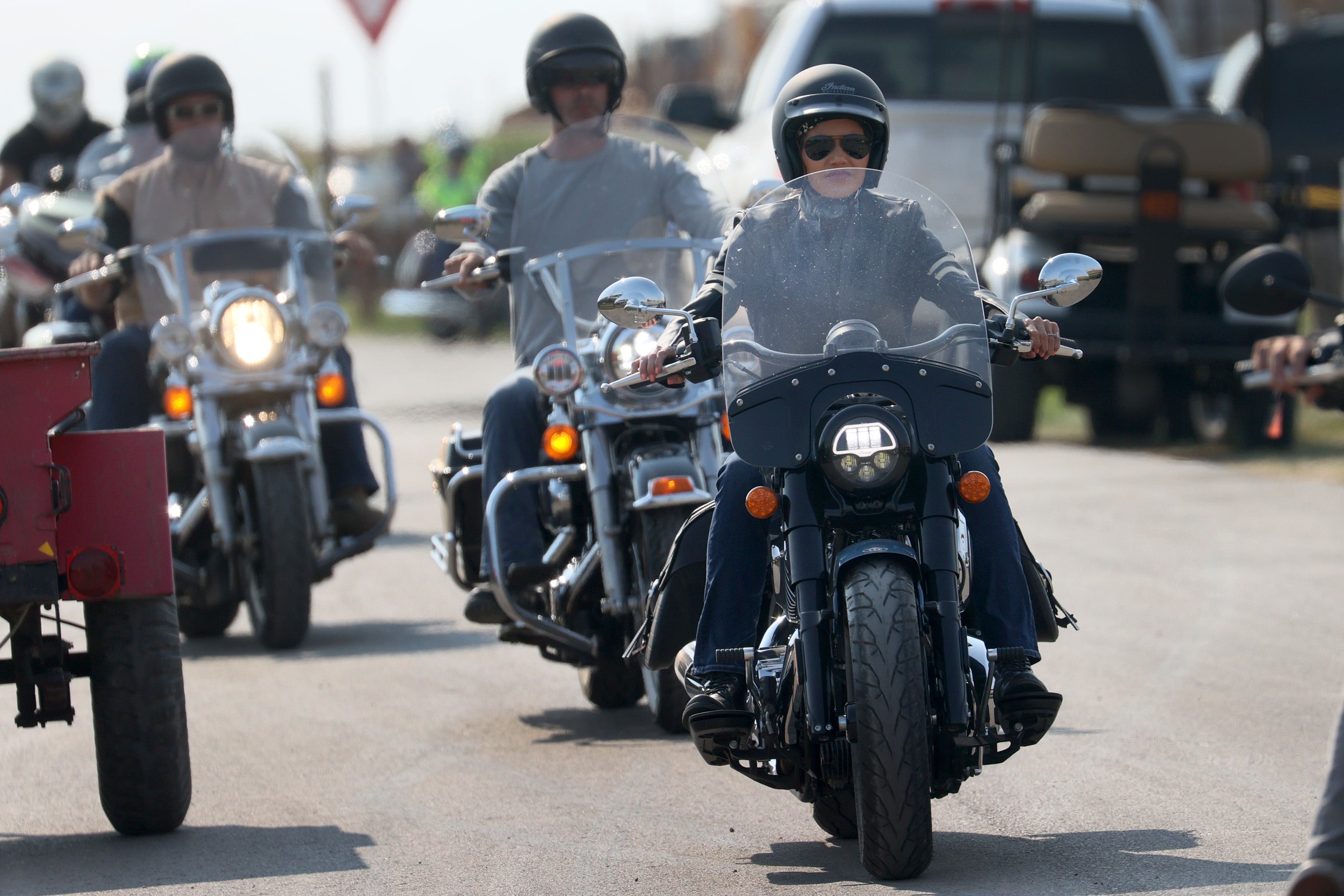
In her time in the governor’s office, Ms Noem, a rancher and former South Dakota congresswoman, has made national headlines for backing draconian abortion restrictions and bucking any form of Covid restrictions, pushing the state to record-breaking waves of coronavirus in late 2020 and early 2021.
She’s frequently seen in riding boots and a cowboy hat, and rode her chopper in an event in the 2022 Sturgis motorcycle cycle rally in full biker gear.
She said that her presence at the event was in part to stick it to the liberal media for its reporting about how Sturgis helped spread Covid.
“By repeating the lie again and again, the media unwittingly made Sturgis into something bigger – something more,” she wrote in a press release in August. “They made it a banner of Freedom, and they made every rider at the Rally a carrier of that banner.”
Earlier this year, she got a resounding re-election endorsement from Donald Trump, playing up her tough Western bona fides.
“She is strong on Borders, the Second Amendment, preserving land and Energy Dominance,” the former president said in February.
It seems she is on the fast track back to the national spotlight. She’s released an autobiography, traveled frequently out of state to endorse other candidates, raised hundreds of thousands of dollars, and worked with Corey Lewandowski, Donald Trump’s 2016 campaign manager.
Though her campaign is flagging a bit at the moment, according to the polls, the national momentum behind Ms Noem, as well the political comeback bid from former Alaska governor and VP candidate Sarah Palin, suggests the Republican party is moving further aesthetically from the country club to something a little bit further right and little bit deeper in the rural West.
The conversation doesn’t end there.
Republican attacks on trans students, the right’s embrace of rapper and fashion designer Kanye West, Fox News complaints about the cultural war and lack of attractive students on college campuses—all of these lines of political argument are deeply inflected by how people choose to present themselves and what that represents.
Political fashion may be all about image, but the stakes are very real.







